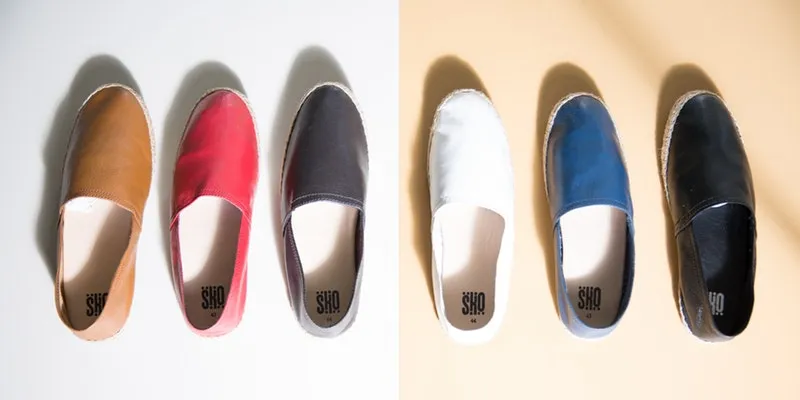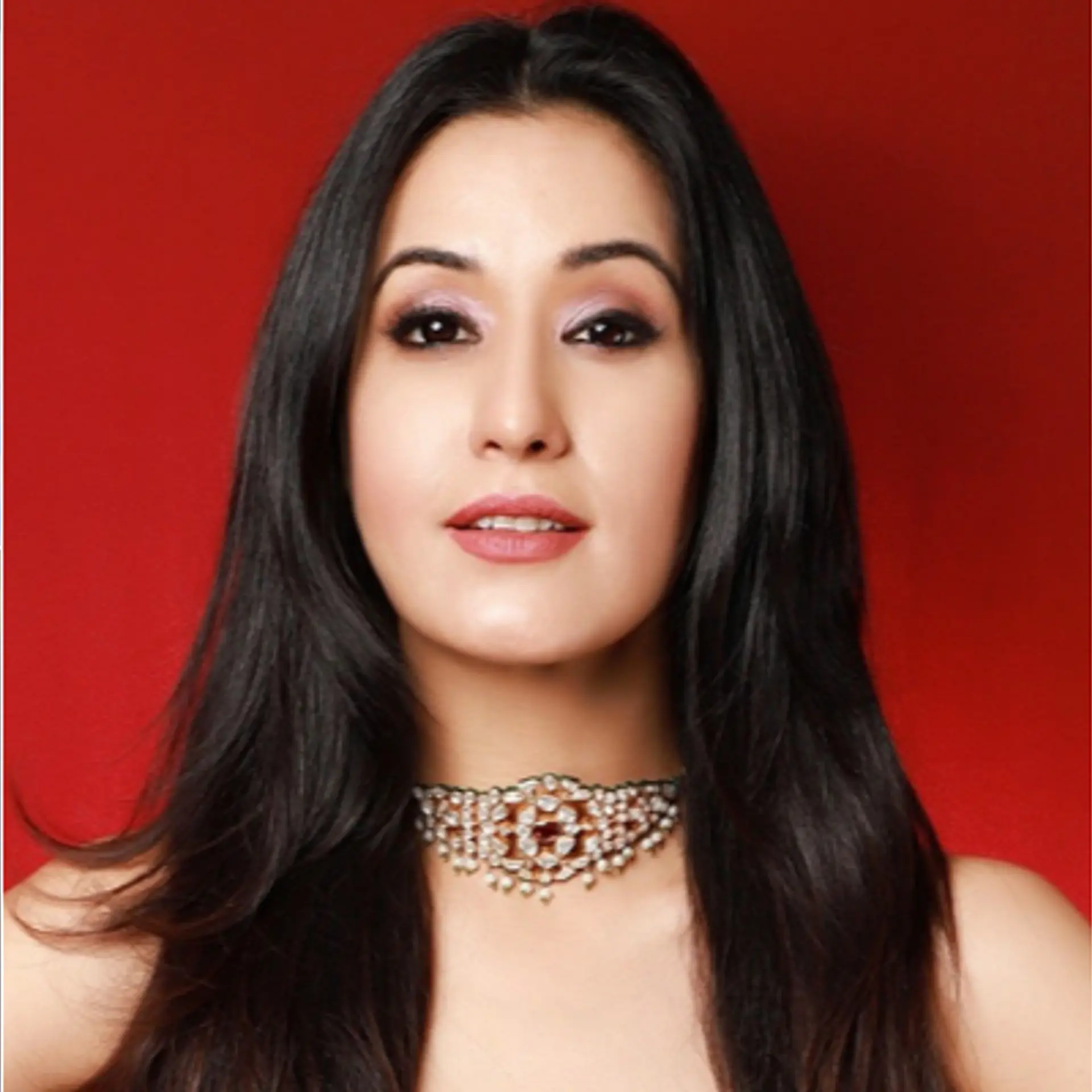This investment banker quit his London job to start SKO footwear in India, made Rs 1.5 Cr revenue in 1 year
Nishant Kanodia's SKO footwear brand uses Scandinavian design aesthetics of clean looks and minimalism to make sneakers, espadrilles, mules, sandals, and loafers for men, and flats and heels for women.
It is said that home is where the heart is. And it was no different for SKO footwear Founder Nishant Kanodia, who used to work abroad as an investment banker for 13 years.
When he was based in London, he decided to quit his job and go back to his roots. He wanted to come back to India and become an entrepreneur.
His family was running a footwear business for over 30 years, and so it was natural for Nishant to consider entering this sector and taking control of the business.
The business was manufacturing footwear for domestic and international brands, but the Indian sector as a whole was fragmented.
Close to 75 percent of footwear production in India still comes from unorganised players, according to a Research and Markets report.
It would be challenging to fight this majority and enter the market with a new footwear label.
“I decided to take a footwear handcrafting course at CarreDucker in London, that is credited with a major share of the customised shoes available at John Lobb and Savile Row,” Nishant tells SMBStory.

Nishant Kanodia, Founder, SKO
And while he was there, he had his eureka moment.
The 38-year-old realised there was a gap in the homegrown boutique footwear space in India.
“There was a lack of clean aesthetic when it comes to footwear in India. I wanted to start a footwear brand that used premium quality raw materials focussing on durability, comfort, and design rather than volume,” he says.
In 2018, Nishant took a leap of faith and invested his own capital to start SKO, a luxury footwear label with Scandinavian design aesthetics of clean looks and minimalism.
“SKO means ‘shoes’ in Danish, and the aesthetics are inspired by Nordic design,” he says.
Business setup
SKO makes sneakers, espadrilles, mules, sandals, and loafers for men, and flats and heels for women.
SKO men’s shoes cost around Rs 4,500 on average on the website, but some models are available on discount on Myntra, Flipkart, and Amazon. Its men’s sandals and loafers and women’s heels and flats can also be purchased on the website or on ecommerce apps and sites.

SKO's range of espadrilles
All these footwear products are designed in SKO’s studio in Mumbai in collaboration with European designers. Then the products are manufactured in a large-scale unit in Dehradun, and the whole operation employs 150 people.
“I started the brand with my own capital, and have invested around Rs 1 crore in the business at this stage,” Nishant says.
SKO caters to people in between 21 and 40. Nishant says the brand is primarily targeting metro cities as its “audience is fashion conscious and well-aware”.
Brand strategy
The footwear brand aims to tap the online market through offline channels as well as its own website and e-marketplaces.
The Scandinavian-inspired designs and premium positioning has worked well for SKO, which clocked Rs 1.5 crore revenue just a year after launch.
But Nishant describes the positioning as “affordable chic”, saying the aim is to become the aspirational go-to Indian brand for boutique footwear.
“European designers help us create contemporary design with high-quality genuine leather and fabrics, according to each product. This aesthetic appeals to the modern-day consumers as they are well-travelled and know what standards they have in mind for the same,” he says.

SKO men's shoes
SKO uses vegan leather in its footwear, and the brand has become a mainstay on the sartorial scene and collaborated with names such as Aza Fashions, Nicobar, Regal Shoes, Almari, Curato and Evoluzione, Nishant claims.
“Our objective has always been to be a one-stop shop to cater to the footwear needs of the Indian consumer. We started with men’s sandals and ever since have been adding products across the men’s category,” he says.
Future plans
SKO faces competition from various brands, including Metro shoes and footwear labels selling on Myntra.
But Nishant feels SKO’s aesthetics gives it an edge over others in an unorganised market.
And in such a saturated space, it is not easy to garner visibility and brand recognition -- a fact Nishant admits he is till working on.
“SKO is working its way up to get the right brand resonance. Our offline outreach to the right stores is helping build this,” he explains.
Nishant now plans to collaborate with more like-minded designers to help give a fillip to the brand as well as give designers a new product line. A men’s Indian festive collection is also on the cards, and will come out in a few months.
SKO is also targeting exponential growth and is thus looking to raise some funding in the future. “Funding always helps get discipline and fast track the growth process, so we do plan on getting funding in the future,” Nishant says.
(Edited by Dipti Nair)









